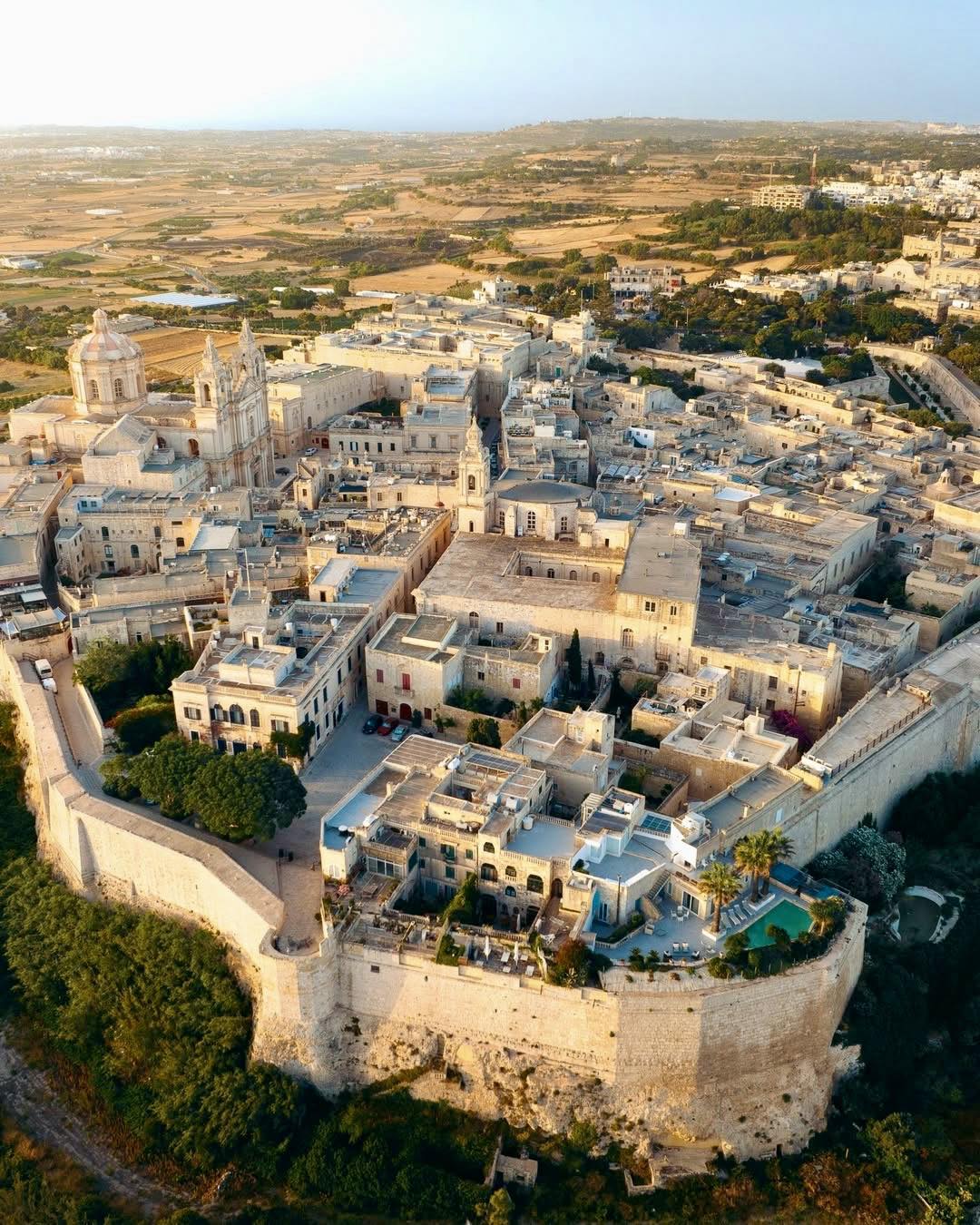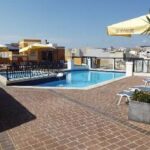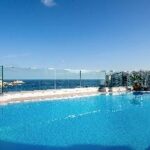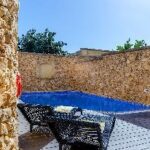Imagine a sun-soaked island where history whispers through ancient streets, turquoise waters beckon adventurers, and every bite of local cuisine feels like a warm hug. That’s Malta—a tiny archipelago with a massive personality. If you’re ready to discover Malta, this guide is your ticket to exploring its beaches, culture, food, and hidden treasures. By the end, you’ll be packing your bags and dreaming of Maltese sunsets. Let’s dive in!
Why Malta Should Be Your Next Destination
Malta isn’t just another dot on the map—it’s a Mediterranean masterpiece. With over 300 days of sunshine, a rich 7,000-year history, and a vibrant modern vibe, it’s no wonder travelers can’t get enough. Whether you’re a history buff, a beach lover, or a foodie, Malta delivers. In 2025, it’s easier than ever to explore, thanks to improved travel infrastructure and a growing digital nomad scene. Ready to uncover why Malta’s stealing hearts worldwide?
A Brief History of Malta You’ll Actually Enjoy
Malta’s history reads like an epic novel—except it’s real. This island has been a hotspot for Phoenicians, Romans, Arabs, and Knights of St. John, each leaving their mark. Picture this: prehistoric temples older than the pyramids, like Ġgantija in Gozo, still standing tall. Fast forward to the 16th century, and the Knights turned Valletta into a fortified gem—now a UNESCO World Heritage Site.
Fun fact: During World War II, Malta earned the George Cross for bravery. Today, that resilience shines in its people. History isn’t just in books here—it’s in the air you breathe.
Must-Visit Historical Spots
- Valletta: Stroll the capital’s Baroque streets. Check out Valletta for insider tips.
- Ġgantija Temples: Ancient wonders in Gozo that’ll leave you awestruck.
- Mdina: The “Silent City” oozes medieval charm—perfect for a quiet escape.
Discover Malta’s Beaches—Paradise Found
Malta’s coastline is a love letter to beachgoers. From sandy shores to rocky coves, there’s a spot for everyone. The water? Crystal-clear and begging for a swim. In 2025, eco-friendly initiatives ensure these beaches stay pristine, making it a guilt-free getaway.
Top Beaches to Explore
- Golden Bay: A sandy classic with golden hues. Read more at Golden Bay.
- Blue Lagoon: On Comino, this turquoise haven is Instagram gold. See Blue Lagoon and Gozo.
- St. Peter’s Pool: A natural pool for cliff-jumping thrills—details at St. Peter’s Pool.
Snorkeling fans, head to Qawra Point for underwater magic. With over 50 bays like Għajn Tuffieha and Mellieħa Bay, you’ll never run out of options.
Maltese Culture—Where Tradition Meets Today
Malta’s culture is a lively mash-up of old and new. Festivals light up the calendar—think fireworks during village feasts or the Valletta Baroque Festival. Locals are warm, often chatting in Maltese (a Semitic language with Italian flair). In 2025, Malta’s embracing voice search-friendly tourism, so just ask, “What’s happening in Malta?” and you’ll get answers fast.
H3: Cultural Highlights
- Feasts: Summer explodes with fireworks and food stalls.
- Language: Maltese blends Arabic roots with European vibes—say “grazzi” (thanks) to impress locals.
- Music & Art: From Għana folk tunes to modern galleries, creativity thrives.
Food That’ll Make You Hungry for More
Maltese cuisine is comfort food with a Mediterranean twist. Imagine fresh seafood, hearty stews, and pastries that melt in your mouth. In 2025, farm-to-table dining is trending, spotlighting local ingredients.
Dishes You Can’t Miss
- Pastizzi: Flaky pastries stuffed with ricotta or peas—pure bliss.
- Rabbit Stew (Fenkata): A national dish with rich flavors. Try Fried Rabbit Liver for a twist.
- Ftira: Maltese bread that’s a meal in itself—see Rustic Maltese Bread.
Pair it with Kapunata, a ratatouille-style dish, or indulge in a Maltese Platter for variety. Dessert? The Maltese Christmas Log is a chocolatey treat year-round.
Outdoor Adventures to Discover Malta’s Wild Side
Beyond beaches, Malta’s a playground for adventurers. Hiking trails wind through cliffs, while diving spots reveal shipwrecks and reefs. In 2025, sustainable tourism means more bike rentals—check Rent Bike in Malta Guide.
H3: Adventure Picks
- Diving: Explore underwater caves at Diving in Malta.
- Hiking: Xrobb l-Għaġin offers stunning views—see Xrobb l-Għaġin Coastal Trails.
- Kayaking: Paddle around Mgarr ix-Xini.
Practical Tips for Visiting Malta in 2025
Planning a trip? Here’s the lowdown. The best time to discover Malta is spring or autumn—milder weather, fewer crowds. See Best Time to Visit Malta. Flights from Europe are quick, and ferries connect Malta, Gozo, and Comino. Public transport’s solid, but renting a bike or car gives flexibility.
Travel Essentials
- Currency: Euro (€).
- Weather: Summers hit 30°C (86°F); winters hover at 15°C (59°F).
- Stay: From boutique hotels like Dolmen Hotel Malta to budget guesthouses.
Hidden Gems Off the Beaten Path
Love a secret spot? Malta’s got plenty. Skip the tourist traps and explore these lesser-known treasures.
Underrated Finds
- Imġiebaħ Bay: A hidden paradise—details at Imġiebaħ Bay.
- Wied il-Għasri: A narrow gorge with emerald waters—see Wied il-Għasri.
- Lower Barrakka Gardens: Quiet views in Valletta—more at Lower Barrakka Gardens Malta.
Malta’s Nightlife—Fun After Dark
When the sun dips, Malta lights up. St. Julian’s Spinola Bay buzzes with bars—check Spinola Bay St. Julian’s Waterfront. For a chill vibe, sip wine by Balluta Bay. In 2025, rooftop venues are the hot trend.
Why Malta Stays With You
Malta’s magic isn’t just in its sights—it’s in the feeling. The crunch of fresh Stuffed Maltese Bread, the splash of waves at Paradise Bay, the echo of history in every stone. It’s a place that lingers long after you leave.
Conclusion: Start Your Maltese Adventure Today
From ancient temples to sunlit shores, there’s so much to discover Malta. This island blends adventure, relaxation, and culture into one unforgettable package. Ready to explore? Check out Things to Do in Malta for more ideas, then share your travel plans or favorite Maltese moments in the comments below. Your Mediterranean escape awaits—go make it happen!









